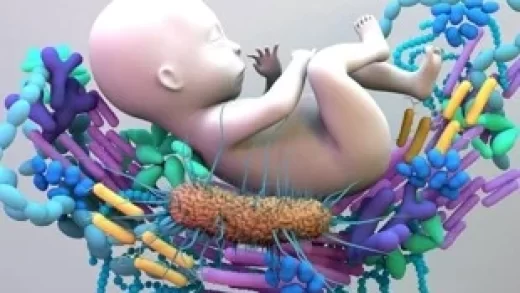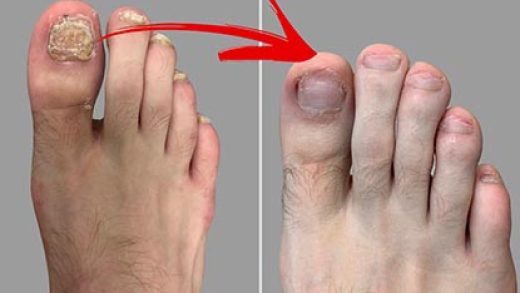Serum-neutralizing antibodies (nAbs) have been difficult to establish as a mechanistic correlate of protection (CoP) against COVID-19 due to the generation of hybrid immunity following SARS-CoV-2 exposure. Thus far, researchers have been unable to identify a protective nAb threshold against COVID-19 despite conducting numerous investigations on cohorts of patients who had received COVID-19 vaccinations and were in the recovery stage.
The armament against SARS-CoV-2 must include MAbs. Serum-mAb titers that offer defense against COVID-19 symptoms are still unclear, nonetheless.
ADG2, a broadly neutralizing antibody (bnAb) that is targeted against the SARS-CoV-2 receptor-binding domain (RBD) region, was previously created by the researchers using a SARS-CoV survivor from the 2003 outbreak as the precursor. All sarbecoviruses that target host angiotensin-converting enzyme 2 (ACE2) receptors were highly resistant to the in vitro-engineered mAb ADG2.The team conducted a phase II/III trial in adult SARS-CoV-2-naive subjects based on its performance in the NHP animal model (humans). In the preexposure prophylaxis (PrEP) cohort, it assisted them in evaluating the safety and PK of a 300mg IM dosage of adintrevimab versus symptomatic COVID-19. They also looked into the relationship between adintrevimab’s serum-neutralizing titers and the effectiveness of its protective effects.
In this human experiment, the seronegative people recruited between April 2021 and January 2022, the changeover period when Omicron BA.1/BA1.1 became predominate, made up the primary analysis group. After adintrevimab or a placebo was administered up to day 90, the primary effectiveness endpoint was the occurrence of symptomatic COVID-19, which was verified by reverse transcription polymerase chain reaction (RT-PCR).
98% of infections in the pre-Omicron cohort, according to whole-genome sequencing (WGS) studies due to Delta, whereas ~90% of those in the Omicron cohort were due to Omicron BA.1 or BA1.1 subvariants.












